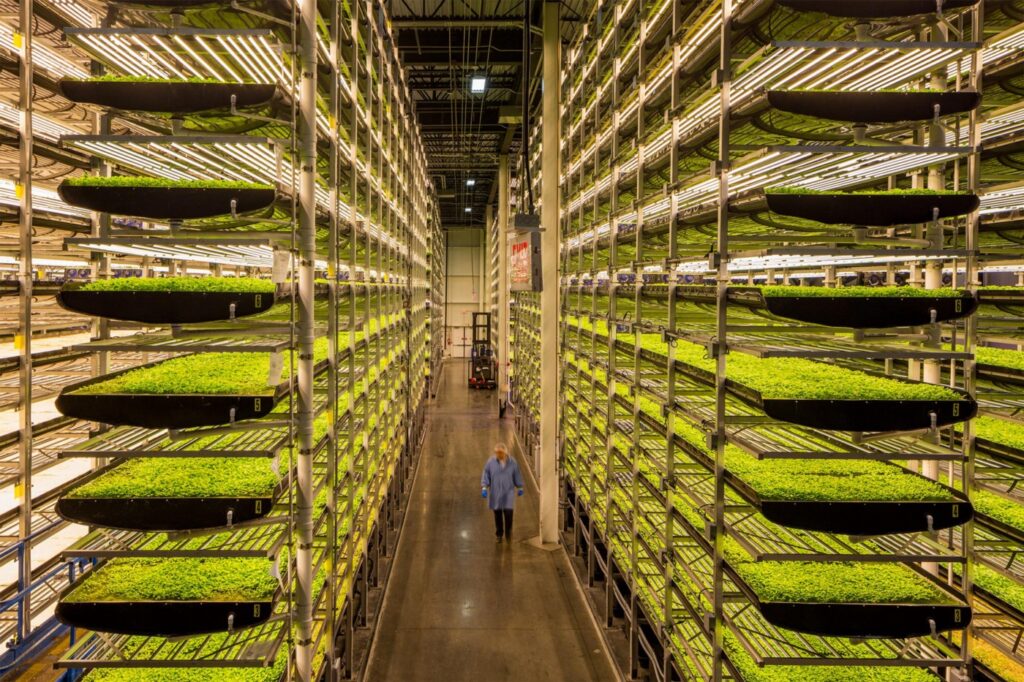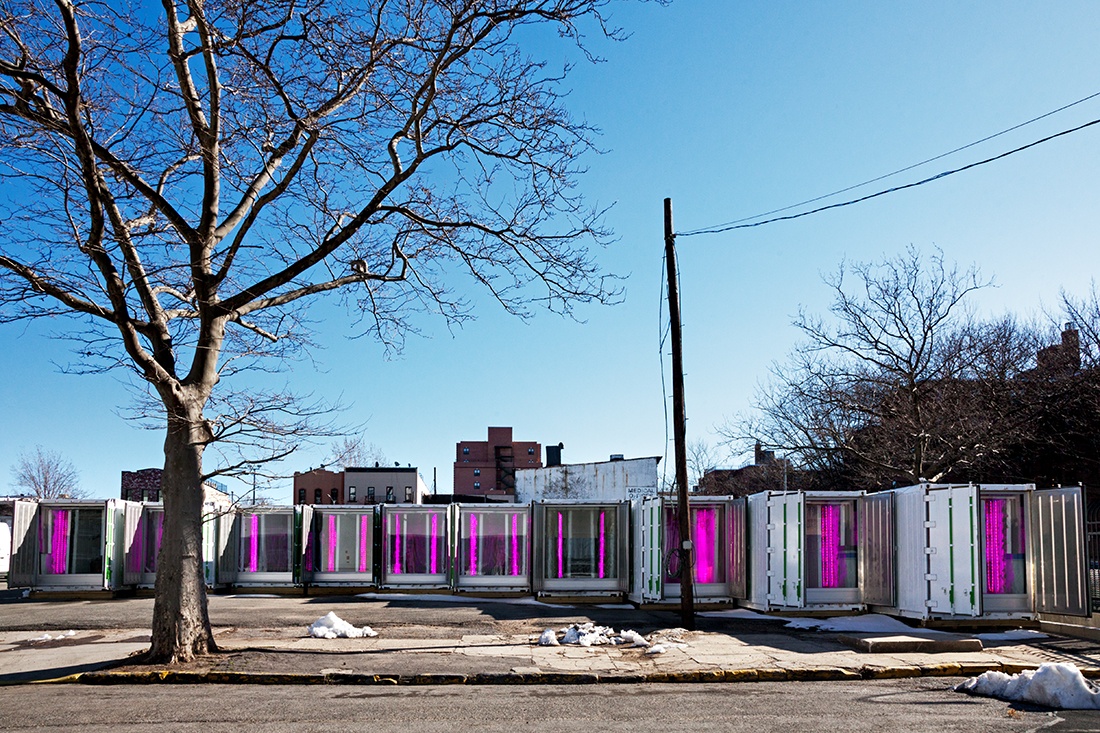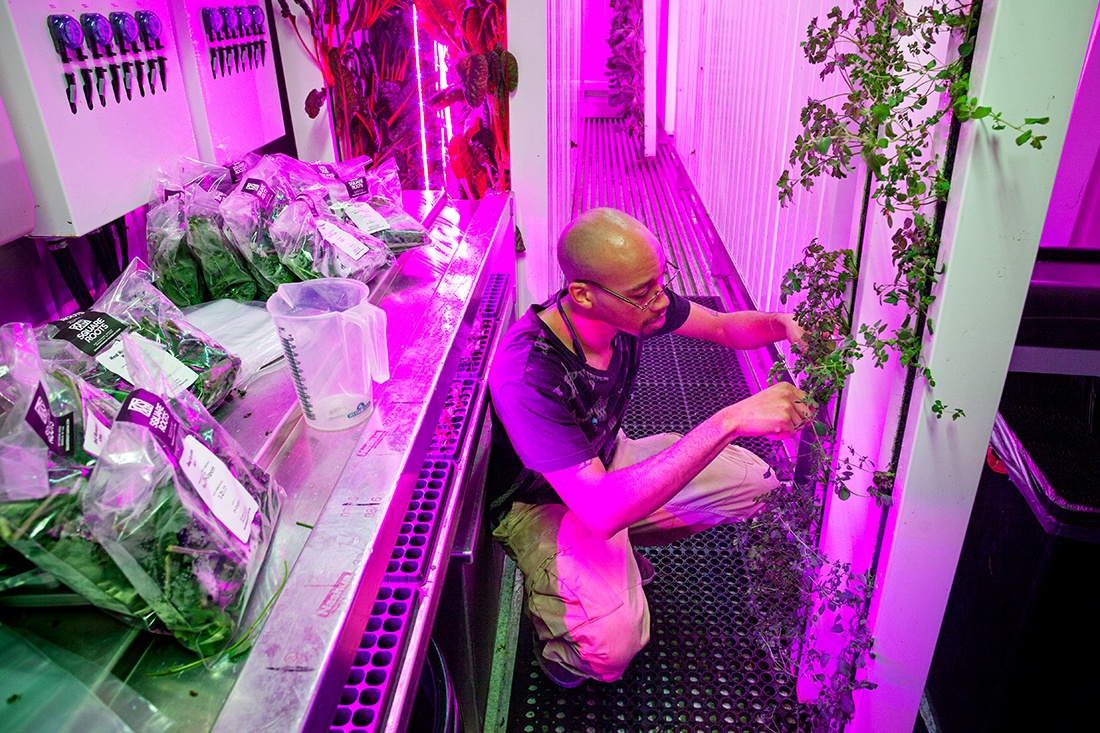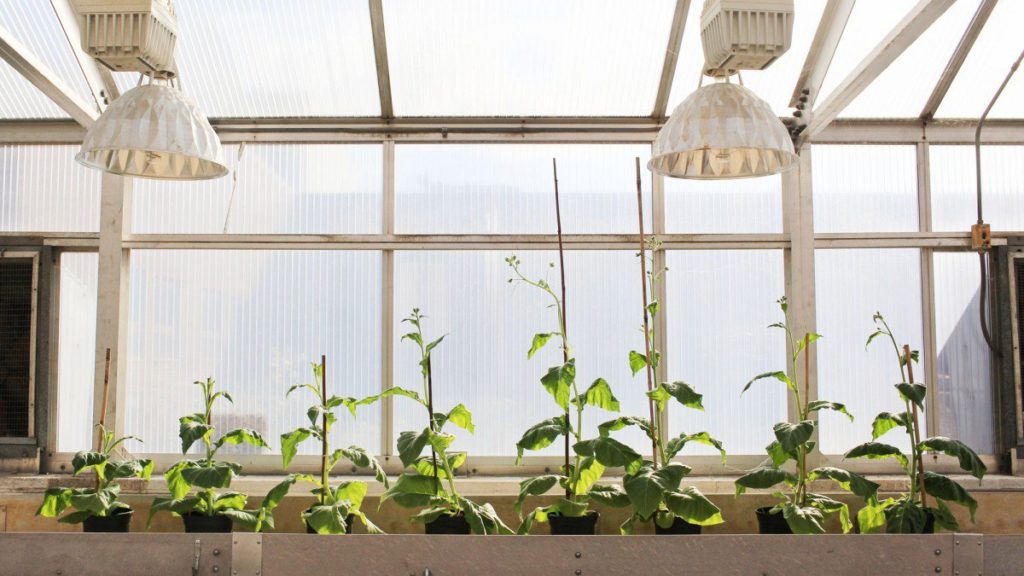Over the last 20 years, there could be seen a quite steady decline in the number of people with any level of malnutrition, or even starvation. However, the disruptions in recent years, caused those numbers to rise high up again. According to WHO (World Health Organization), the number of people experiencing any form of hunger increased to 828 million globally in 2021, which is an over 46 million difference in comparison with 2020 and an over 150 million increase since the beginning of the COVID-19 pandemic (World Health Organization, 2022).
What can be done?
In places, where there is little access to water or lack of suitable land, the number of possible options is limited. Hence, here comes hydroponic farming.
By definition, hydroponic agriculture is a process of growing plants by exchanging traditional soil for nutrient-rich water solutions, which may include an aggregate substrate, or other growing media, such as vermiculite, coconut coir, or perlite (National Agricultural Library, USDA, n.d.). Even though researchers suspect that this technique found its origin over 100 years ago, it started to gain afresh popularity in recent years, as a sustainable and efficient way to cultivate crops.
Why is that?
One of the greatest advantages of hydroponic farming is water conservation. Traditional farming methods can be considered very water-intensive – for instance, there is needed over 1600 litres of water to produce 1kg of cereals (Armstrong, 2021) – yet hydroponics can use up to 90% less water than standard soil-based farming (Boylan, 2020). Moreover, this infrastructure for the process can be equipped with various sensors that enable full control of the environment – water, temperature, amount of nutrients or light.
Controlled environment agriculture (CEA) allows for the optimisation of growth factors for a given plant, so any crops can be grown efficiently throughout the whole year. Furthermore, if plants will be cultivated hydroponically and indoors, they can be used as a fresh and nutritious source (eg. broccoli, cucumber, or kale), even in regions where water is scarce, such as the Sahara Desert. In addition, hydroponics can also help to reduce the use of pesticides and other chemicals, as the controlled environment of a hydroponic system can be developed to minimize the presence of any pests and diseases.
All those features could contribute to mitigating the dangers to food production caused not only by the global warming crisis and increasing temperatures but also the disruptions within the global supply chain.
Farms in the city
Due to its efficiency, hydroponic agriculture can also be employed to grow crops in urban areas and indoor spaces. This is particularly useful in cities where, as most of us know well, the land is minuscule and expensive. Anyone can build their own hydroponic farm, no matter if it’s indoors, on the balcony or in the garden. Growing your own vegetables or fruits at home can save you expenses, provide fresh sustenance, and decrease carbon emissions normally associated with transportation. You also can become an urban farmer, check the video below!
What are the challenges?
As always, despite the many advantages of hydroponic agriculture, there are also some challenges that must be overcome in order for it to become a feasible alternative to the traditional farming approach. One of the main challenges in hydroponic systems is the high cost of infrastructure – both its construction and maintenance. When summed, the total cost of used technologies, equipment and power can become significant.
This is directly caused by the lack of research and innovative development in the field of hydroponic agriculture. While there has been some research in this area, it is still a relatively new area and there are still many advancements needed to fully optimize the growth of plants in a hydroponic system.
Future of farming
Despite these challenges, the future of hydroponic agriculture looks hopeful. Currently valued at US$12.9 billion, the hydroponics industry is expected to grow even up to US$58.1 billion by 2032, especially in growing economies like India, Brazil, South Africa, and Thailand (Future Market Insights, 2022). This technology is not only essential to end the world’s starvation, but also as the population constantly grows, the demand for food (especially fresh food) will also increase, making sustainable agriculture methods such as hydroponics more important than ever.
As mentioned earlier, the United Nations’ data proves that at the given moment, the world population is moving further away from achieving the SDG’s 2030 goal to end hunger and malnutrition in any form (United Nations, 2022). That is why innovations in technologies such as hydroponic, or related vertical, farming are especially needed to provide a high yield of nutritious crops to anyone, anywhere on earth, at any time of the year.
Hence, wherever you are in the city, suburbs, or rural area, try it. We need to raise awareness and invest in this technology to make it accessible to everyone, in every corner of the world.
_________________________________
Resources:
World Health Organization. (2022, July 6). UN Report: Global hunger numbers rose to as many as 828 million in 2021. https://www.who.int/news/item/06-07-2022-un-report–global-hunger-numbers-rose-to-as-many-as-828-million-in-2021
National Agricultural Library, USDA. (n.d.). Hydroponics. https://www.nal.usda.gov/farms-and-agricultural-production-systems/hydroponics
Armstrong, M. (2021, June 7). Which foods need the most water to produce?. Word Economic Forum. https://www.weforum.org/agenda/2021/06/water-footprint-food-sustainability
Boylan, C. (2020, November 9). THE FUTURE OF FARMING: HYDROPONICS. PRINCETON STUDENT CLIMATE INITIATIVE. https://psci.princeton.edu/tips/2020/11/9/the-future-of-farming-hydroponics
Future Market Insights. (2022). Hydroponics Market Outlook (2022-2032). https://www.futuremarketinsights.com/reports/hydroponics-market
United Nations. (2022). Sustainable Development Goals Report 2022. Goal 2: End hunger, achieve food security and improved nutrition and promote sustainable agriculture. https://sdgs.un.org/goals/goal2






